- World Population Review Newsletter
- Posts
- Tariffs, Oil, Partners: Key Players in Our Economy
Tariffs, Oil, Partners: Key Players in Our Economy
Explore how nations shape our world through trade, energy, and exports.
Greetings, economic enthusiast!
Curious how nations drive the products and energy we rely on? This edition dives into the global forces behind the key commodities affecting our daily lives.
Ready to see who’s making things happen? Let’s dive in!
Looking for unbiased, fact-based news? Join 1440 today.
Upgrade your news intake with 1440! Dive into a daily newsletter trusted by millions for its comprehensive, 5-minute snapshot of the world's happenings. We navigate through over 100 sources to bring you fact-based news on politics, business, and culture—minus the bias and absolutely free.
Did you know that China, the United States, and Germany together contribute to more than a third of global exports?
As the world's manufacturing hub, China exports everything from electronics to textiles, sustaining its lead with over $3.3 trillion in annual exports. The United States, though often viewed as an import-reliant nation, exports over $1.7 trillion, with technology and medical devices among its biggest contributions.
Germany, with an emphasis on machinery, vehicles, and pharmaceuticals, adds about $1.5 trillion in exports, reinforcing Europe’s industrial backbone.
One specific example is the semiconductor trade, where Taiwan, Japan, and South Korea also play pivotal roles. Together, they ensure that devices worldwide keep humming.
Remarkably, every smartphone or laptop owes its existence in part to this network of exports, showing just how interwoven our lives are with the global trade web.
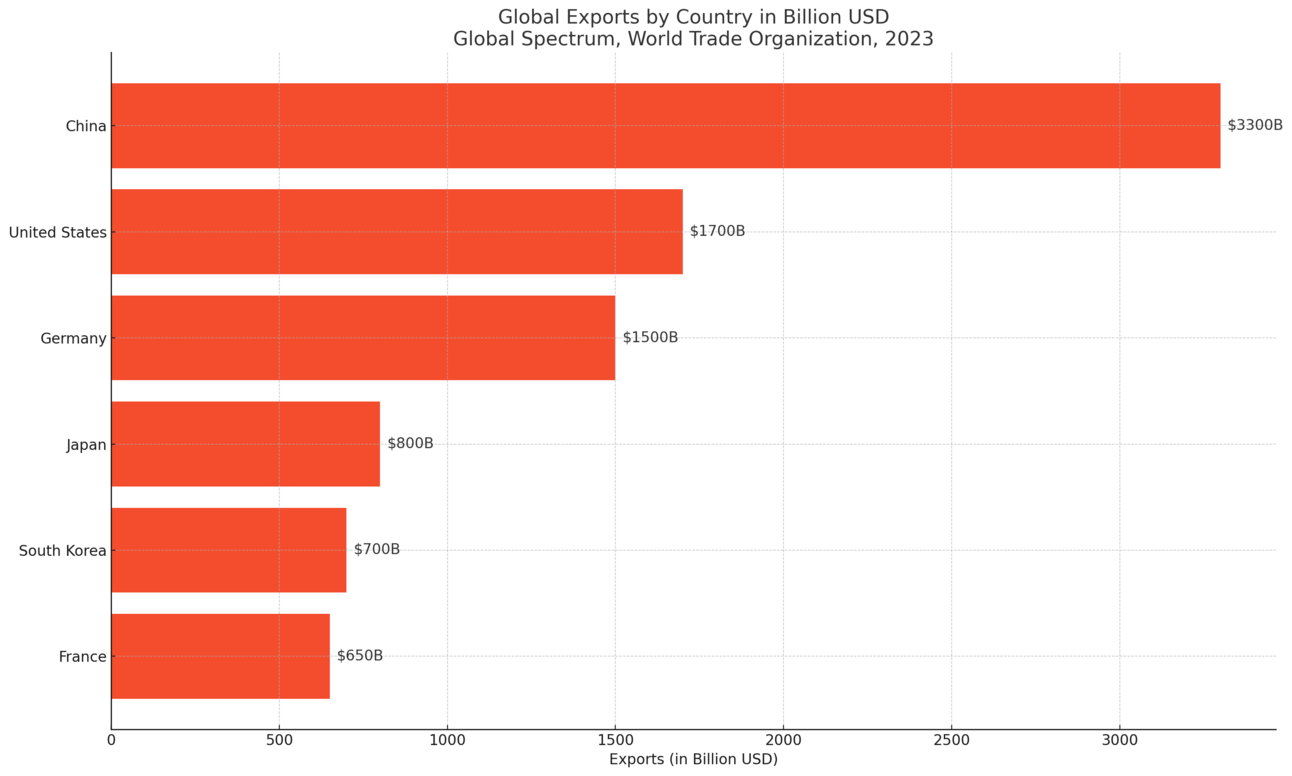
Global trade partnerships often involve fascinating alliances. The United States, for instance, counts Canada, Mexico, and China among its top trade partners, revealing deep ties in both regional and global contexts.
China, in turn, relies on the U.S., Japan, and South Korea, illustrating Asia's dense economic interdependence. Meanwhile, Germany’s top partners include France, the Netherlands, and the U.S., pointing to the EU’s tightly knit economic fabric.
These partnerships can be as delicate as they are robust. Take the U.S.-China trade relationship, for example: the sheer scale of economic interdependence has kept trade flowing, balancing any diplomatic strains with practical needs.
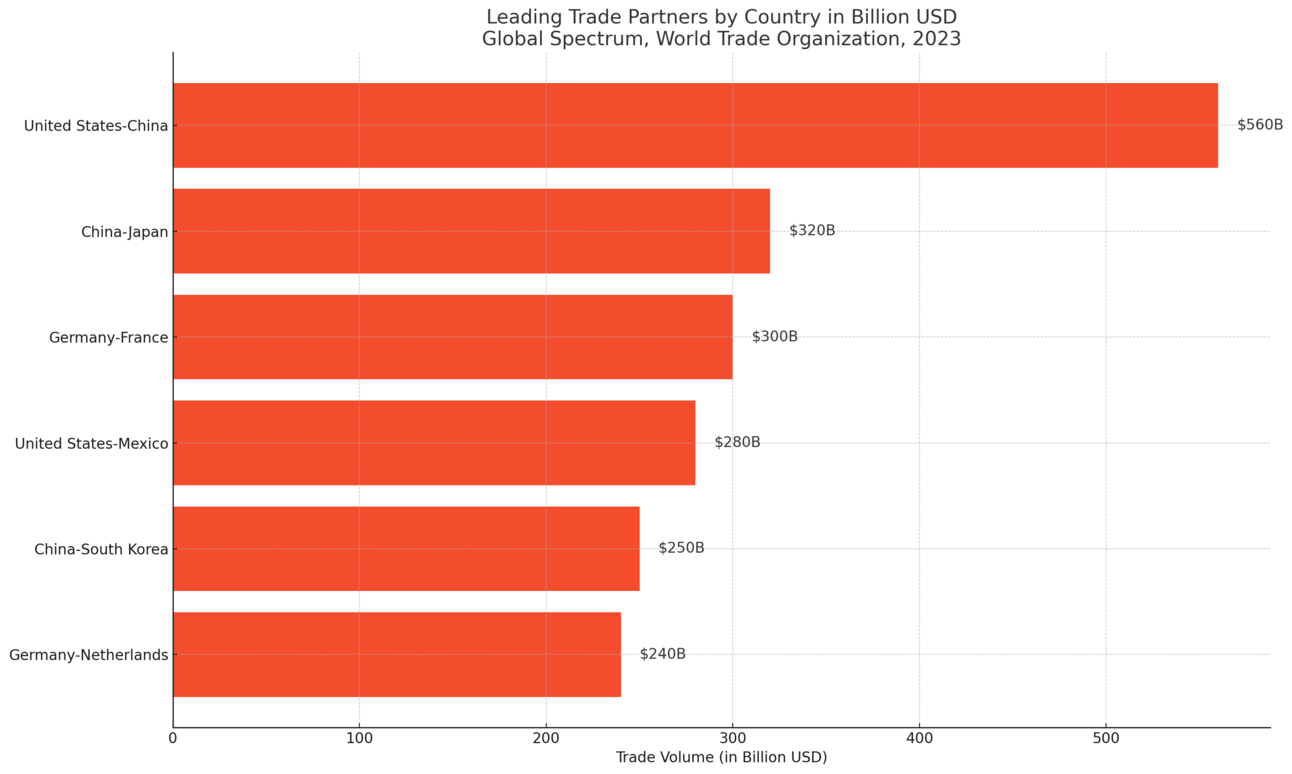
Tariffs are an essential tool in global trade, often designed to balance imports and protect local industries. For instance, the United States applies tariffs on various imports from China, which has helped safeguard domestic industries, bolstered American manufacturing, and reduced reliance on foreign goods in critical sectors.
That said, tariffs can also carry risks, such as raising consumer prices, sparking trade disputes, and potentially disrupting global supply chains. When the U.S. imposed tariffs on steel and aluminum in 2018, it led to retaliatory tariffs from key partners, raised consumer costs, and created market volatility,
In one interesting case, Brazil has imposed tariffs on imported wines to support its growing domestic wine industry. While it increased prices for consumers, this protection has also helped increase market share for Brazilian wines and supported local employment in the wine sector.
The European Union has a diverse tariff system, which favors member nations while applying varied rates on external goods, particularly in agriculture and industry.
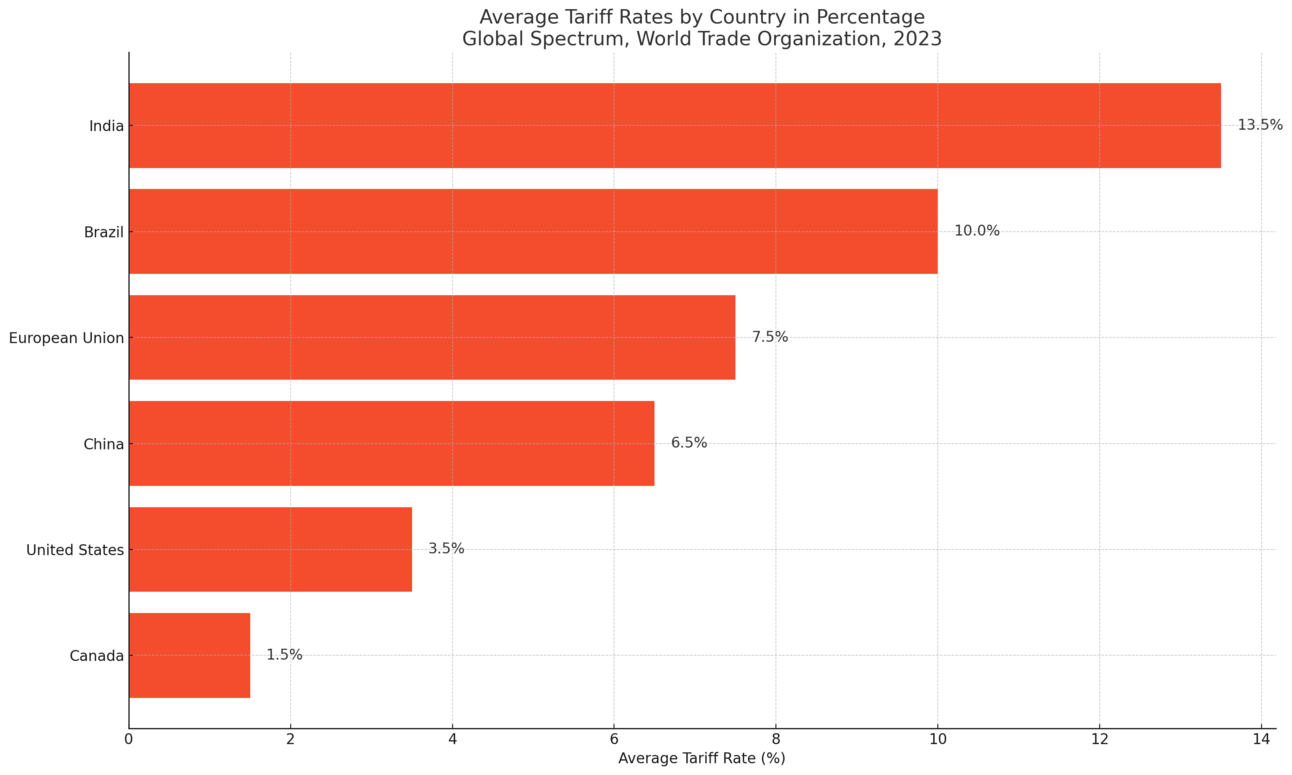
Countries like Japan, Germany, and the United States dominate the automotive industry, each bringing distinct engineering strengths to the global market.
Japan’s Toyota and Honda are known for reliability, dominating markets with fuel-efficient vehicles. Germany’s BMW and Mercedes-Benz emphasize luxury and performance, catering to premium markets.
The U.S., with brands like Ford and Tesla, has shifted from classic muscle cars to pioneering electric vehicles, leading the EV transformation.
Interestingly, in electric mobility, China’s BYD and NIO are emerging as major players, signaling a new era where innovation in green technology becomes just as essential as brand loyalty in traditional automotive markets.
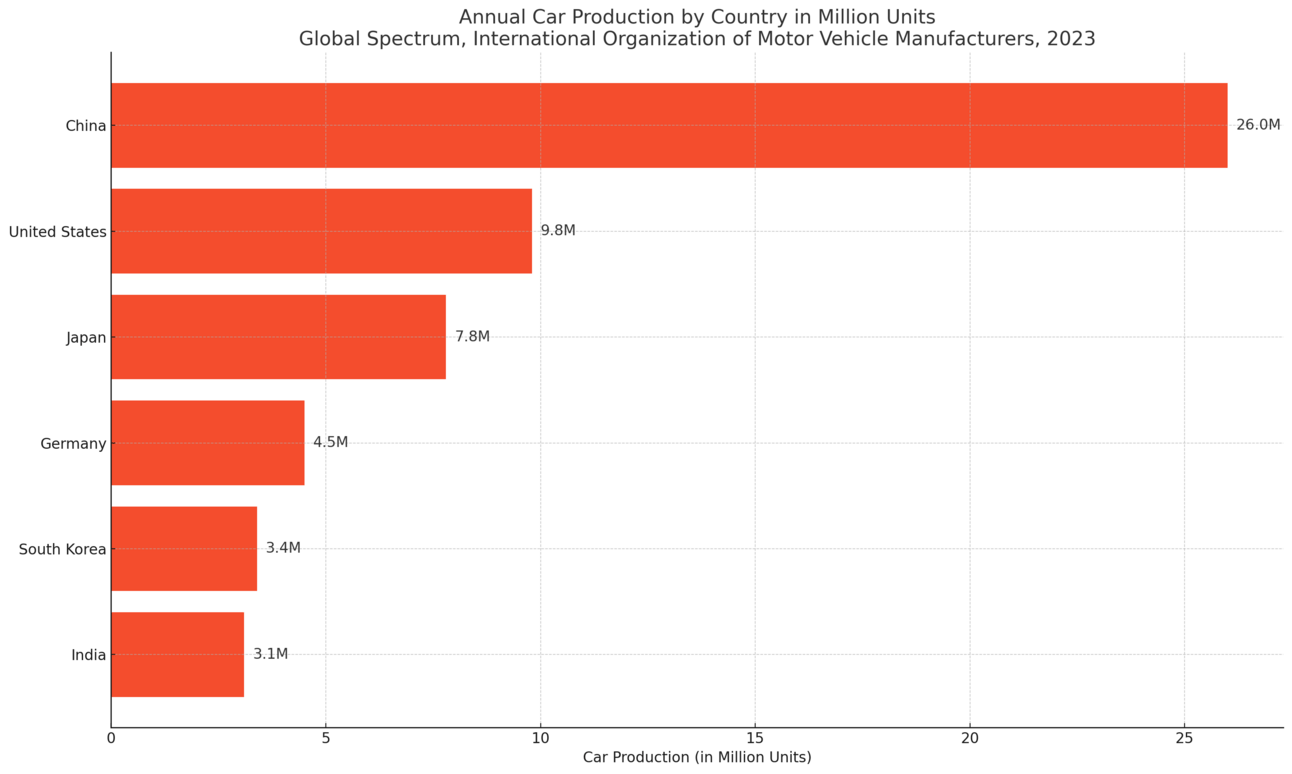
Saudi Arabia, the United States, and Russia top the charts as oil producers, each extracting millions of barrels daily. Saudi Arabia, with its vast reserves, anchors OPEC’s production power.
The U.S., through shale technology, has transformed itself into both a leading producer and exporter. Russia, straddling both Europe and Asia, supplies large portions of Europe’s oil, despite recent economic sanctions impacting its exports.
One surprising fact: Venezuela, despite having the largest proven oil reserves globally, faces challenges in production due to economic instability. Thus, Oil remains a critical player in shaping geopolitical strategies and economic resilience for both producers and consumers alike.
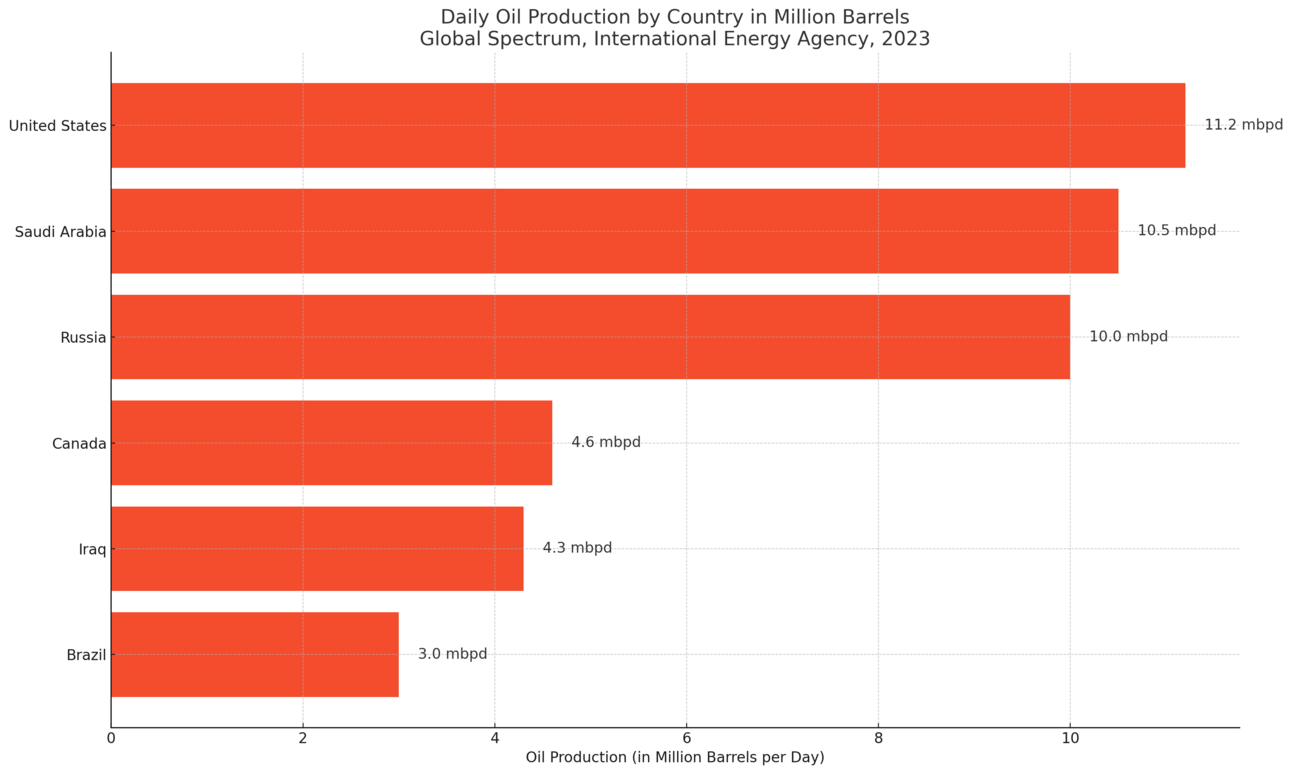
Russia, the United States, and Iran lead in natural gas production, fueling industries and homes around the world. Russia supplies Europe with about a third of its natural gas, though recent political tensions have driven Europe to diversify its sources.
The U.S. has rapidly increased its gas exports, especially to Europe and Asia, thanks to advanced LNG (liquefied natural gas) technology. Qatar, with massive reserves and strategic positioning, supplies much of Asia with LNG.
LNG tankers have become floating pipelines, connecting continents and illustrating how technology can transform global energy distribution to meet surging demands and shifting alliances.
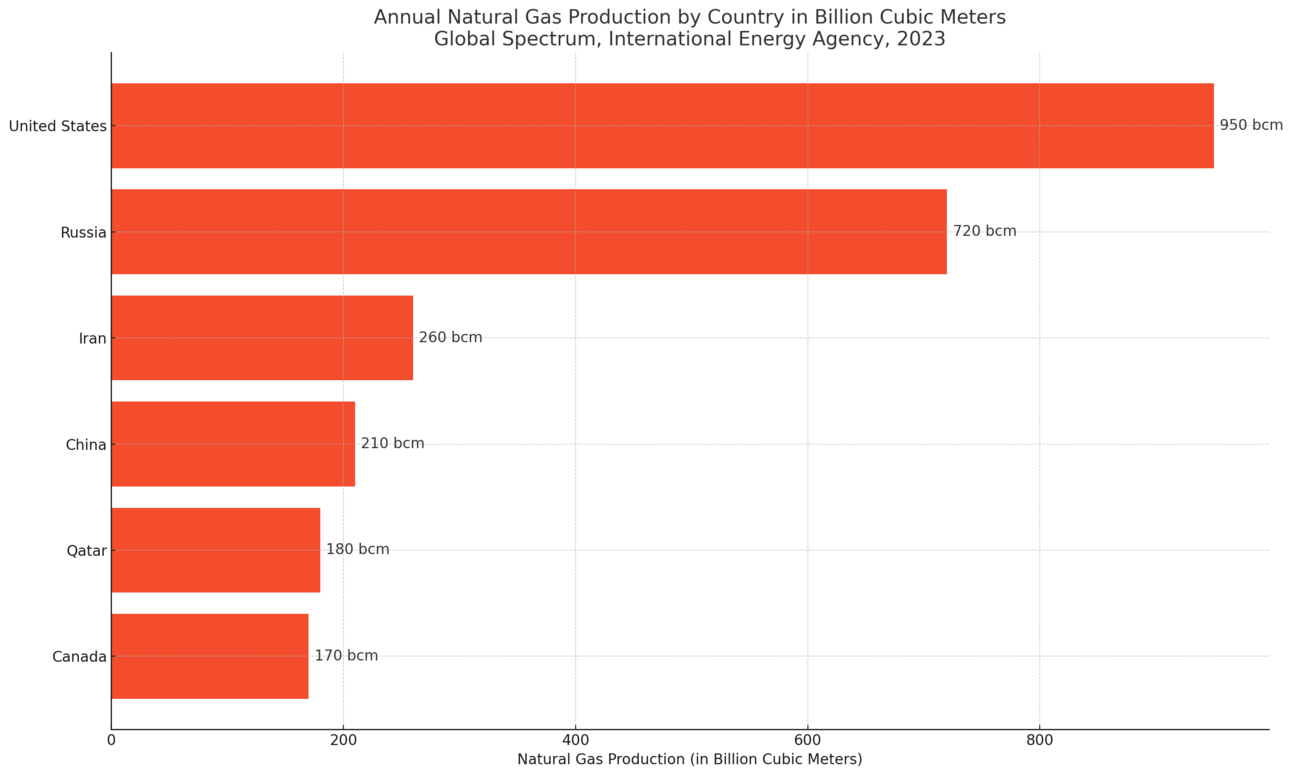
Countries like the United States, Russia, and Australia hold some of the largest coal reserves, continuing to impact both industrial power and environmental policies.
The U.S., with its coal-rich Appalachian region, still exports substantial amounts to developing countries. Russia and Australia, meanwhile, supply Asia’s demand, especially for nations like China and India, where coal remains essential for energy.
As global climate policies evolve, the coal industry faces pressure, yet in many regions, it’s seen as a reliable, inexpensive energy source, keeping it a relevant, if controversial, player in the global energy mix.
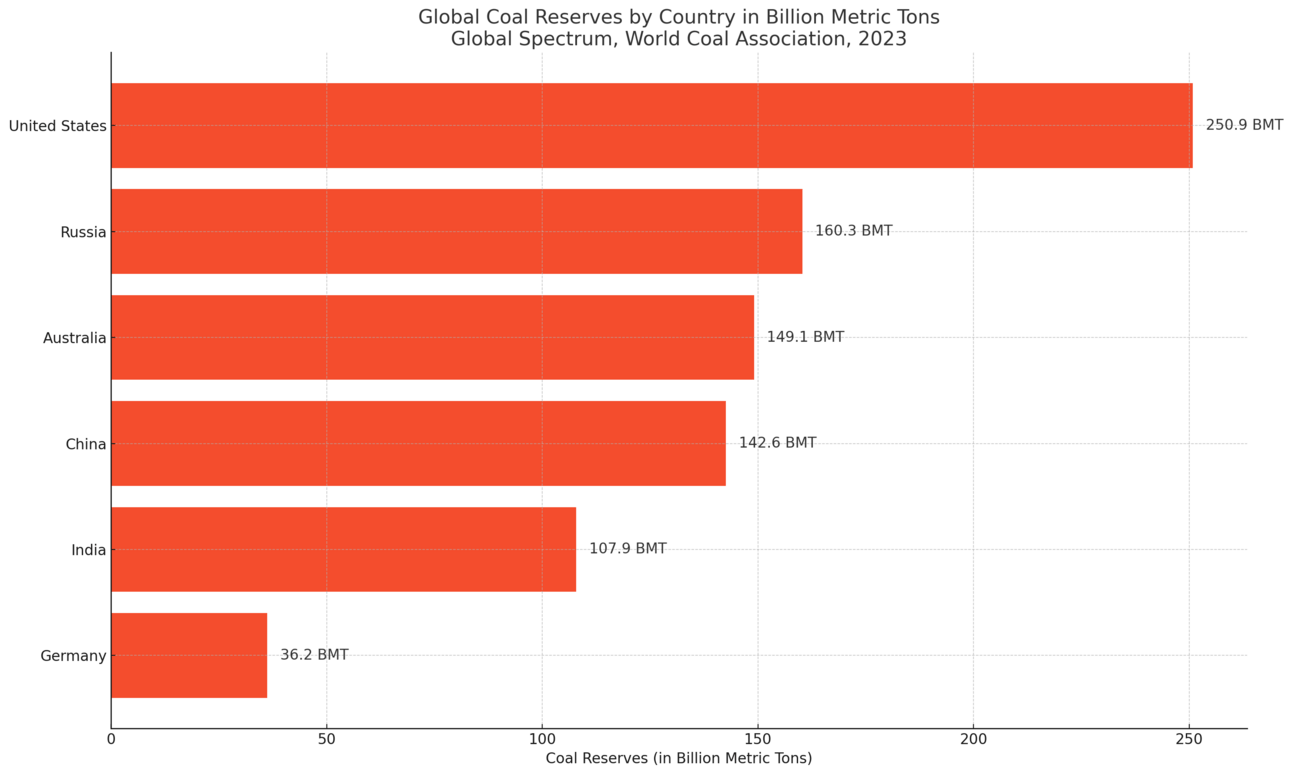
As we conclude this exploration of global trade and resources, we’re reminded that he flow of goods, energy, and expertise defines much of our world. By understanding it, we gain insight into the forces that drive economy, progress, and strategic partnerships.
Warm regards,
Shane Fulmer
Founder, WorldPopulationReview.com

